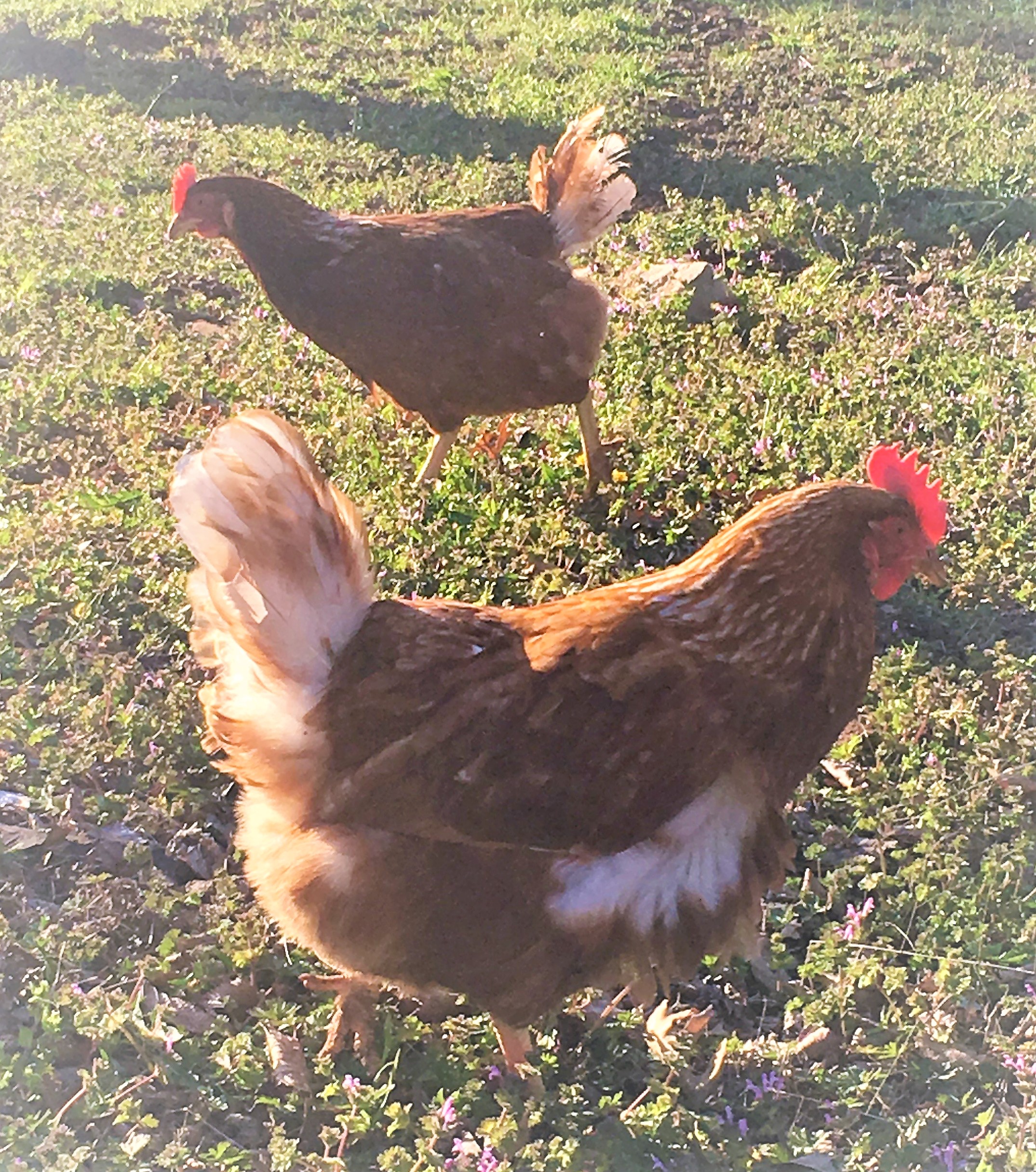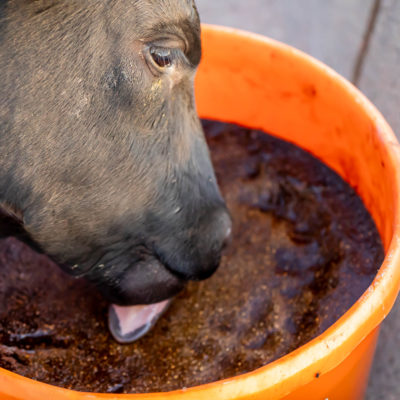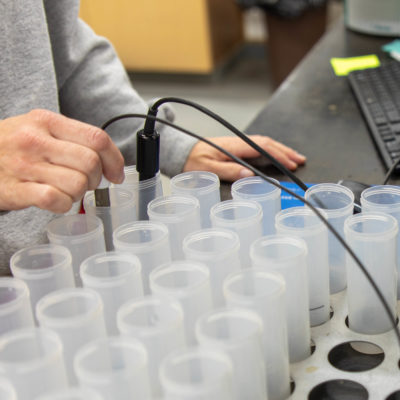Nutritional deficiency in poultry, is an common issue when I consult with people raising chickens in their backyard. With the rise in popularity of raising backyard, “City Chickens”, I have received phone calls from owners with nutritionally deficient chickens in June and July. They are wondering what is happening to their birds. Additionally, how can they ensure healthy birds again? Nutrition deficiencies are especially difficult to sort out. Many nutrients display the same symptoms. So, the best option is to formulate a diet that meets their basic nutrient requirements based on species, physiological state, production type and production goals. The 1994 Nutrient Requirements of Poultry is a great resource to balancing poultry diets. Ward Laboratories Inc. can test your feed ingredients to ensure the most accurate formulation. Here are 10 signs of nutrition deficiency in poultry fed an unbalanced diet:
1. Decreased or Lack of Energy
Lethargy in poultry can be a lack of available carbohydrates, protein or magnesium to support normal daily activity and function.
2. Feather Abnormalities
There are several nutrient deficiencies that can lead to abnormal feather appearance. Deficiency of a specific amino acid, niacin, folic acid, cobalamin or zinc all can result in strange feathering. Specifically, vitamin D is likely the deficient nutrient if feathers are blackened. Additionally, lack of riboflavin results in “Clubbed Down”. Clubbed down is a syndrome characterized by down feathers of newly hatched chicks growing curled up inside follicles.
3. Depigmentation of Feathers
Furthermore, lack of lysine results in loss of pigmentation. Copper and Iron deficiencies result in decreased red pigmentations.
4. Dermatitis and Skin Lesions
Irritation and inflammation of the skin can be the result of a diet lacking niacin, biotin, or pantothenic acid. Similarly, lesions specifically located on the foot pad can be attributed to biotin deficiency.
5. Keratinization of Mucous Membranes
Keratinization is the process of filling cells with keratin protein. This prevents them from functioning and transitions the skin and membranes into a hardened covering. Subsequently, keratinization of mucous membranes in the body decreases immune function of the epithelium. This process is a symptom of vitamin A deficiency.
6. Muscle Degeneration and Weakness
Depletion of muscles can be caused by thiamin or vitamin E deficiency. “Crazy Chick Disease” is typically characterized by a chicken unable to support her own head. The in ability to support their own head is due to muscle degeneration. This symptom is the result of deficient vitamin E in the diet.
7. Bone Deformation and Weak Bones
Furthermore, vitamin A deficiency can cause bone deformation and weak bones. However, the three major nutrients associated with bone disorders are vitamin D, calcium and phosphorous.
So, lack of calcium and phosphorous or the incorrect ratio of calcium : phosphorous, results in a condition known as “Cage-layer Disease”. Cage-layer Disease occurs when chickens mobilize minerals from bone to produce egg shells. Additionally, chickens with this condition have weak, brittle bones. Their rib cage is especially fragile and likely to break.
8. Decreased Egg Production
Lack of vitamin D, magnesium, manganese, potassium, sodium, or chloride is associated with lowered egg production.
9. Thin Egg Shells and Decreased Hatchability
Similarly, thin eggshells and decreased viability of the egg can be signs of vitamin D, folic acid, magnesium or manganese deficiency.
10. Neurological Disorders
Pantothenic acid and riboflavin deficiencies are both associated with neurological disorders. “Curled Toe Paralysis” is a syndrome where lack of riboflavin in the diet affects peripheral nerves. Consequently, chicks to rest on their hocks and flex their toes due to paralysis of those muscles.

In conclusion, many of the same signs are caused by different micronutrients. Nutrient deficiencies often occur in combination. As a result, it is difficult to weed out the specific nutrient deficiency from the symptoms. Therefore, the best way to avoid nutrition deficiency in poultry is to reference the Nutrient Requirements of Poultry, test your feed ingredients at Ward Laboratories Inc. and formulate a well-balanced diet.





[…] pets that can also give you a steady supply of eggs. Yet when you don’t feed them properly, health-related issues can […]
Educative write up.
The information is good for me
I face challege of egg production reduction so i try to give vitamin D to increase production
If you other advice to me please gave me!!
We would agree providing vitamin D to housed livestock species should be standard practice. Vitamin D is especially important in poultry as it interacts with calcium for egg shell production. We would also recommend testing the feed to ensure all nutritional requirements are met including protein, energy, and minerals. Any short coming in the feed can result in reduced performance such as decreased egg production.
Thanks
Thank you miss for your good education